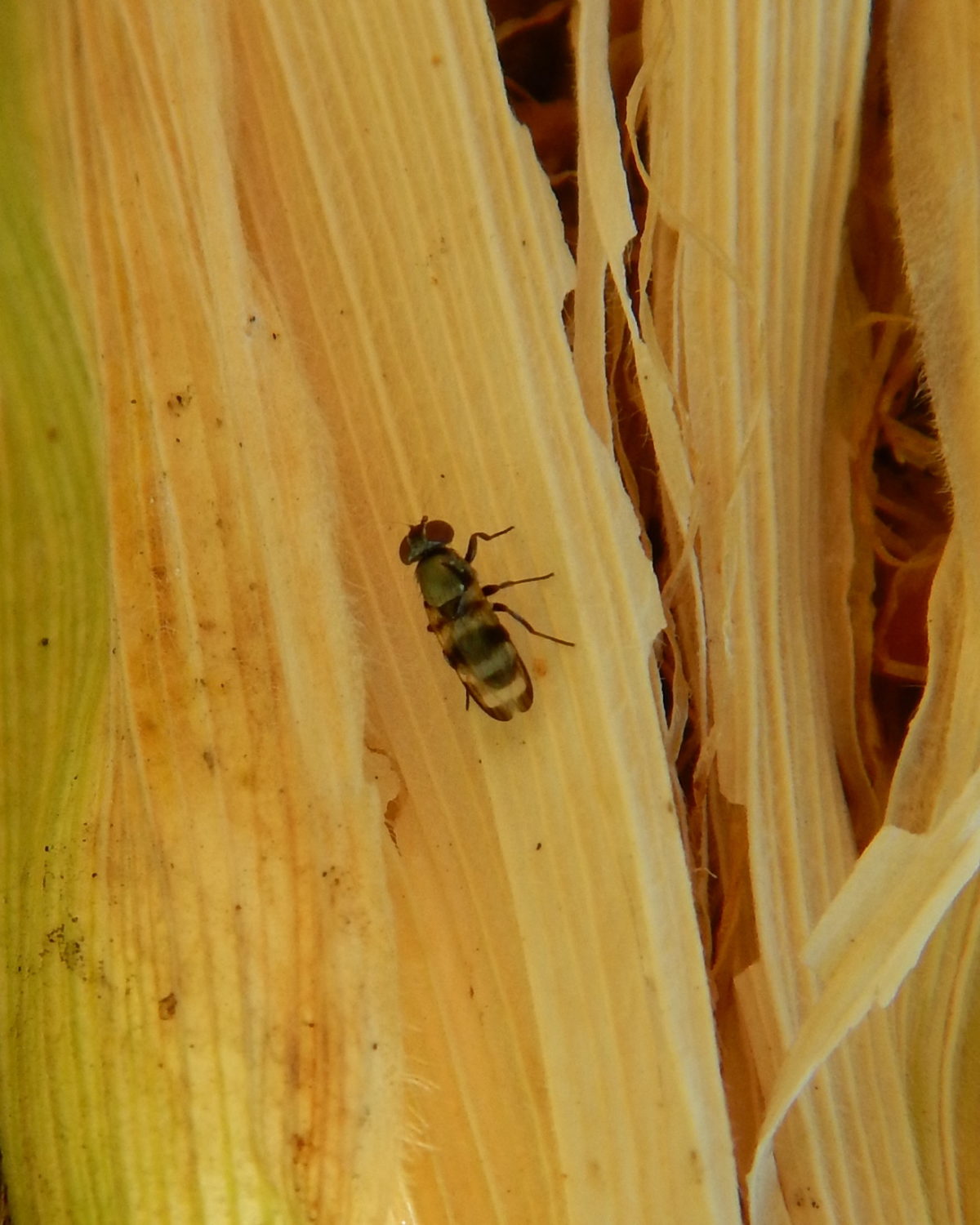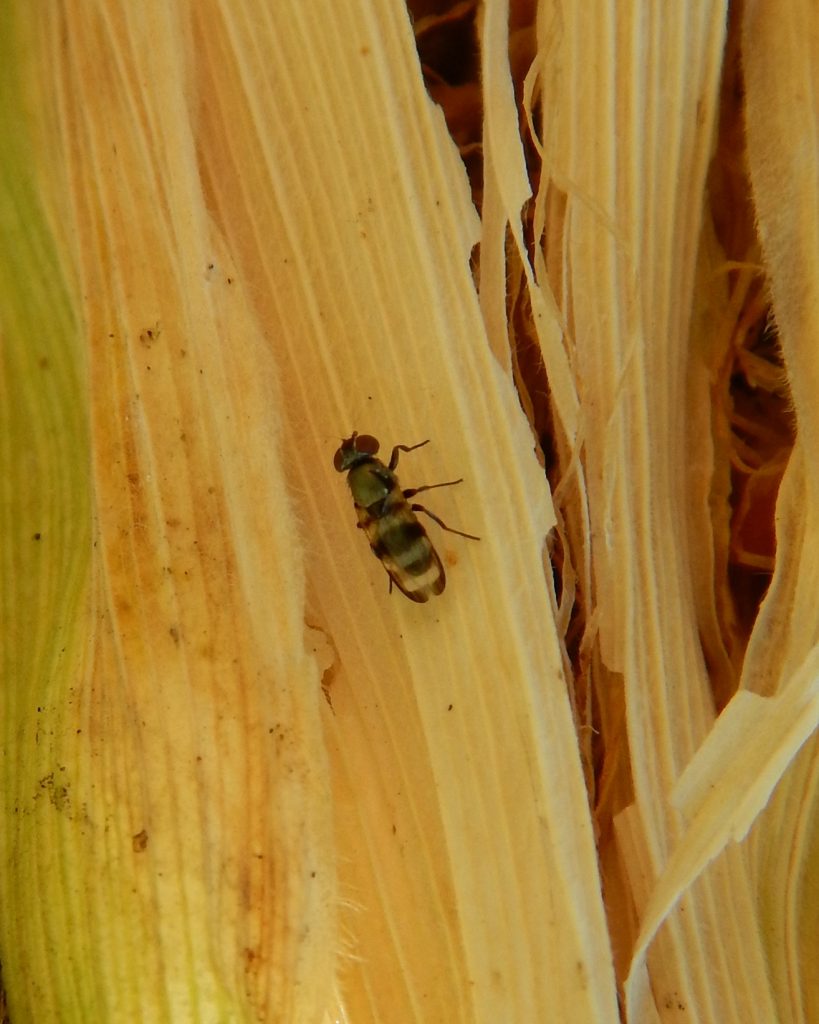Silk flies are a major pest for South Florida sweet corn growers, but Julien Beuzelin, assistant professor at the University of Florida’s Everglades Research and Education Center, is working to lessen the threat these pests pose. He gave an overview of his silk fly research at the recent Vegetable & Specialty Crop (VSC) Expo.
According to Beuzelin, there are three species of silk flies that are prevalent in Florida: Euxesta stigmatias, Euxesta eluta and Chaetopsis massyla.
Although the maggots of all three species look similar, the adults appear different. It’s important to know which species is in your field so a correct method of management can be chosen. “Euxesta stigmatias is more resistant to insecticides than the other two, so if you have that species present in your field, you know that you need to be more aggressive,” Beuzelin explains.
Regarding management, insecticides remain the main method for control. “Pyrethroids are our main defense against silk flies,” Beuzelin says.
Based on his research and what he’s seen in the field, Beuzelin says zeta-cypermethrin (Mustang) has worked slightly better than other products on the market. He adds that Radiant also worked well but is on the more expensive side. However, Radiant is also effective against fall armyworms. “If you have a fall armyworm application that’s coming up, and you have silk flies, then it’s a good idea to use Radiant if you can,” Beuzelin says.
He also encourages growers to consider using piperonyl butoxide (PBO) along with the pyrethroids, saying it gives the products a boost. “By adding PBO, we just increase the efficacy (of the pyrethroids),” Beulezin explains.
Although insecticides remain the best method for management, there are some cultural practices that have shown good results. Beulezin says crop destruction has the best potential to decrease silk fly populations. Flooded fields can help, too. “I know that this may not always be practical, but studies have shown that when a field is flooded for more than four days, it substantially decreases the number of silk flies emerging,” he says.
Overall, Beuzelin wants growers to be aware of which species is in their fields, as well as to stay aggressive with their insecticide applications. “We only have a few chemicals that work, but they still work, so use them and still be aware of a few of those cultural practices that can work to support the pyrethroids,” he concludes.
View Beuzelin’s full PowerPoint presentation from VSC Expo here.











